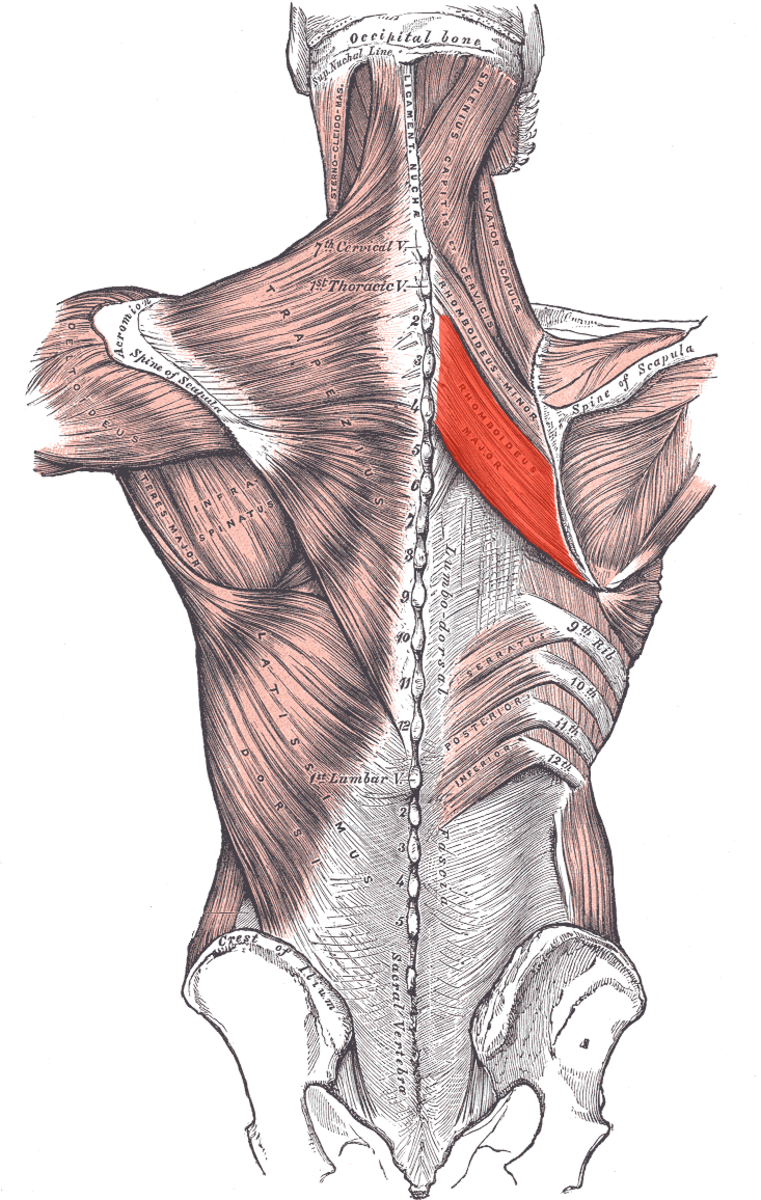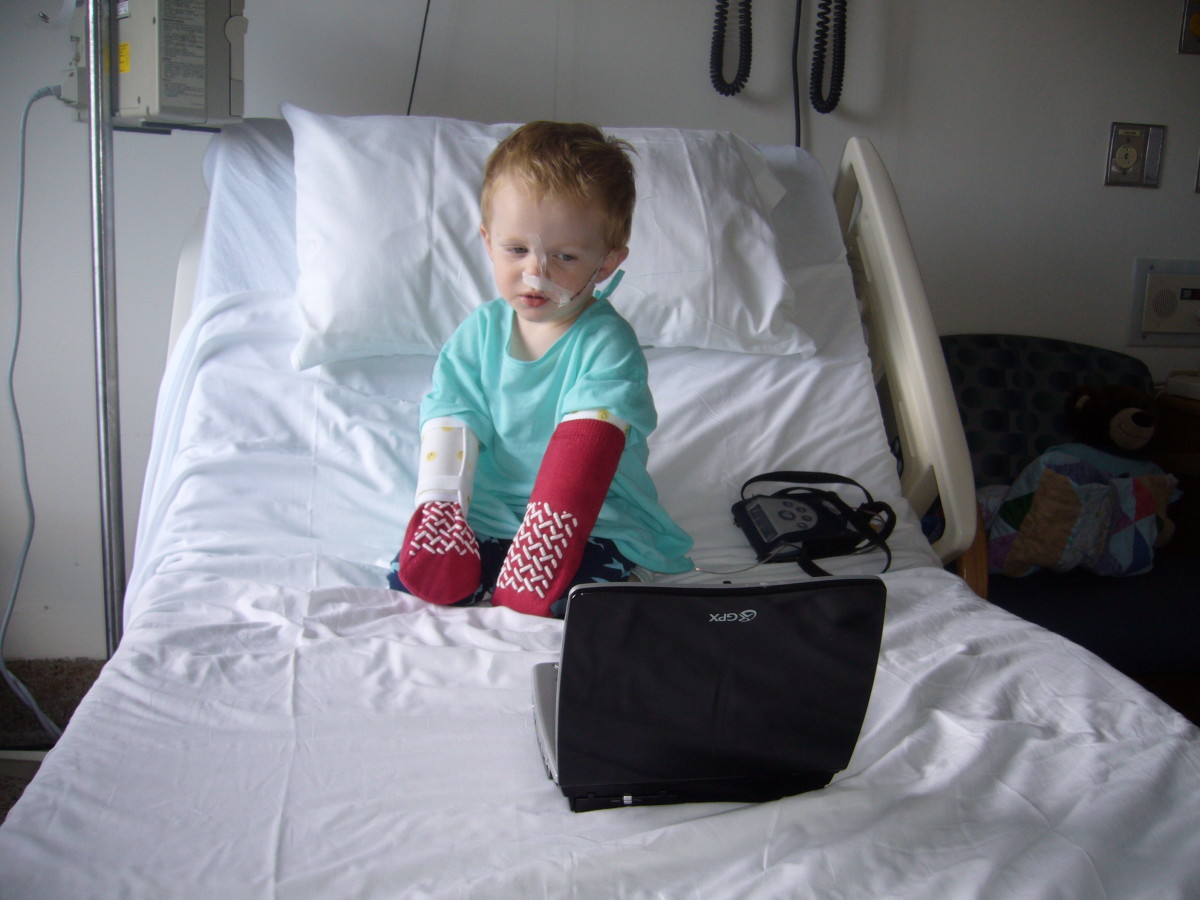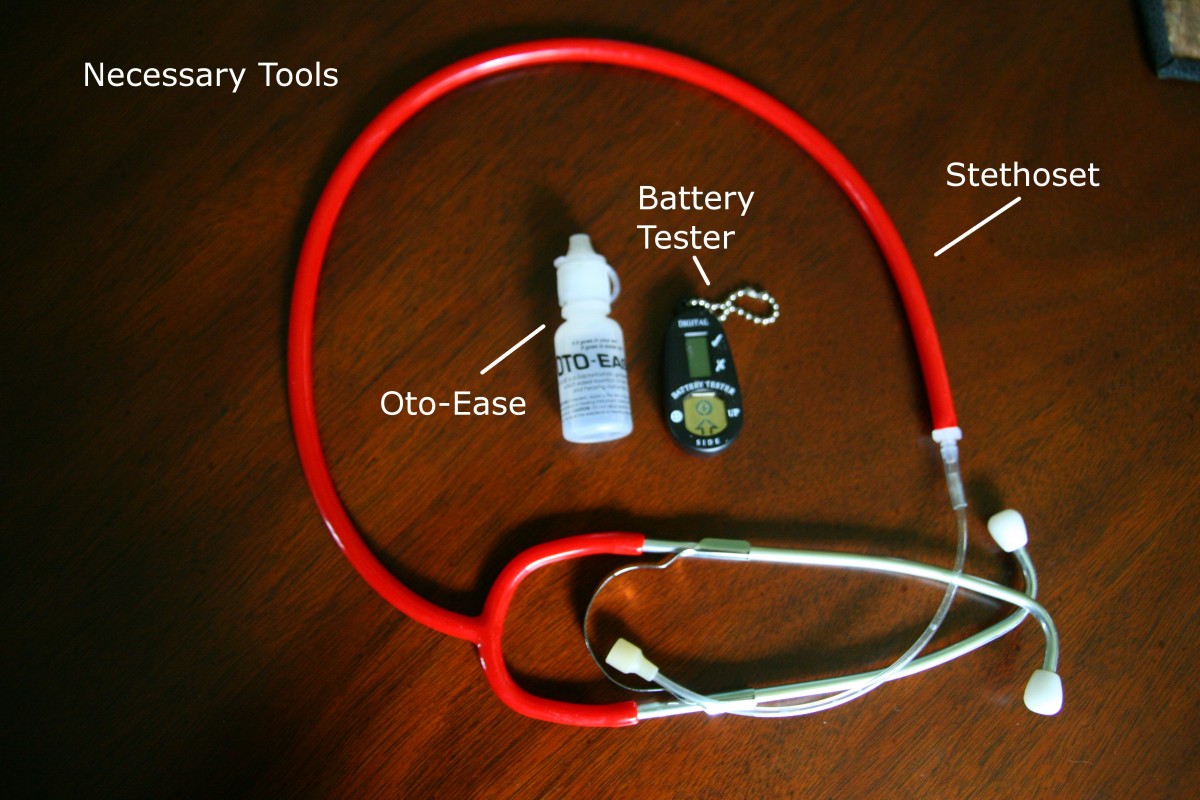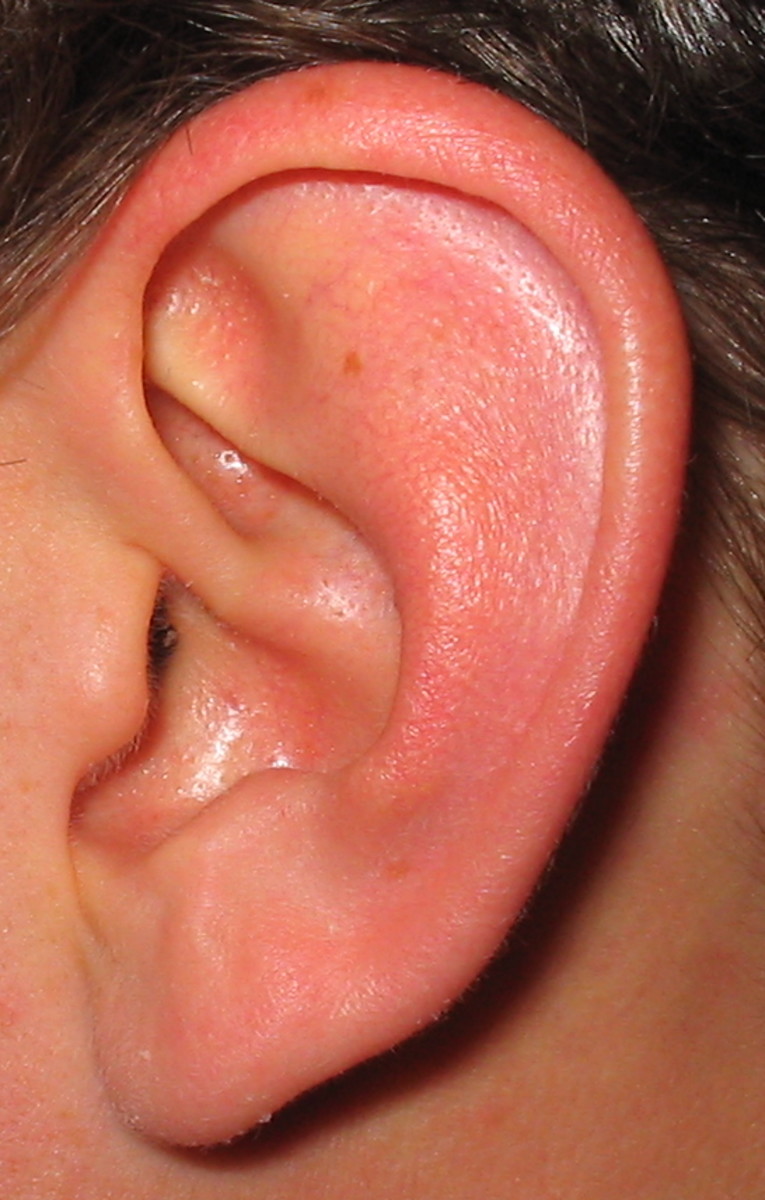Bullying and Pre-Teen Violence
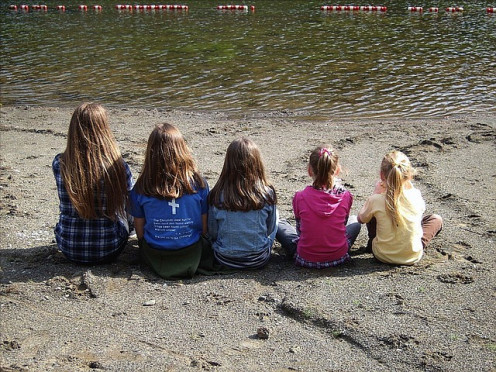
Pre-Teen Years are Too Late for Prevention
Violence is running rampant in America and most of the world, from Daycare fights and overzealous sports competition to full-blown Obsessive Compulsive Disorder (OCD) with violence or a near-compulsive need-to-win, need-to-control, or need-to-be-important to an entire array of everyday life confrontations, addictions/substance abuse and allergic reactions, maltreatment, overpopulation, neuroses, and Severe Mental Disorders (SMDs).
The phenomenon includes everyone everywhere from infant care in Daycare Centers across the spectrum of life to Retirement Centers. No one escapes without the proper training needed to do so. The Pre-Teen Years are one of the most difficult times for most individuals in regard to violence and other public health and life issues.
Sadly, individuals that do stand up to violence and abuse at any level are often shunned by the seeming majority of people that do not do so. Standing up to it does not always mean to answer back with violence --Further, turning the other check does not mean to let someone beat you up or to be a pacifist - it originally means that your attacker makes a fool of himself if be begins a second attack and everyone around is to take note of it and visibly recognize it so that he feels shame.
When we deal with a Pre-Teen about violence, we must also be prepared to help him/her handle isolation or retribution as the response for "not going along." In some (unhealthy/dysfunctional) communities, the healthiest people seem to be alone for a time until others adjust. The healthiest certainly are the ones in family therapy upon which the rest of an unhealthy family unleashes Hell. Parents need to be able to teach their children how to be healthy people in an unhealthy world. Even people of faith must do this.
If we've waited for the Pre-Teen Years to begin Prevention against violence, we are too late, even if a child has never seemed to show violence in the past. In an early 1990s study in which I served on the research team, we found that the Number One Public Health Problem in the local 9-county Metropolitan Statistical Area from Daycare (including infants) through Grade 12 was VIOLENCE.
Three Prong Approach
The action sequence in healthcare overall and in public health issues runs along these lines:
1} First Level - Screening and Testing,
2} Second Level - Vaccination or other prophylactic measures - A.]. diet & exercise, vitamin supplements, dental braces, etc.; B] education and training, stress inoculation, abuse awareness, preventive anger management, etc., and
3} Third Level - Treatment.
Since Pre-Teen Violence needs Treatment, because violence can start back in infancy, Prevention must therefore start in infancy. This is accomplished by treating an infant in a functional, healthy manner and by not accepting unwanted behaviors even then: i.e., biting. Because America now contains so many unhealthy families, it is my opinion that all new parents should have parenting classes from a local hospital or medical center.
School Violence
The First Three Months of Life
My psychiatric research contact has for over 10 years shown that Personality Disorders, which often include unwanted behaviors and even violence such as passive-aggressive behaviors, some of the features listed later below, and even outright aggression that results in personal and property damage; begin in the first three(3) months of life.
Corroboration is offered by the American Psychological Association in studies, the following of which is just one and happens to concern mothers. it is not the mother's "fault." Barring any physical/genetic, dietary, psychiatric condition, environmental or other such causes in the infant/child, any consistent caregiver can possibly play a role in creating an environment that can lead to violence in a Pre-Teen. Abuse of any kind or bullying is often a cause of Pre-Teen Violence and I have written several Hubs about abuse that you can access above.
Children of mothers who suffer depression up to three months after birth are more likely than other children to show serious violent behavior at age 11 (Pre-Teens). Violence related with symptoms of attention-deficit/hyperactivity disorder and anger management problems as well. Calming an infant and teaching infants to calm themselves can be very difficult.
Whether depressed moms raise difficult children or difficult children depress mothers, postpartum depression is a warning that the infant is at risk for violence. From: Pathways to Violence in the Children of Mothers Who Were Depressed Postpartum. Developmental Psychology (Vol. 39, No. 6 - November 2003).
However, a depressed or otherwise psychologically compromised father or partner can affect the infant negatively as well. In the global anthropological and psychological literature since the 1940s, it seems that cultures that provide for a mother and infant to be sequestered together with help from female relatives for three months after birth (no dad or partner present) seem to experience the fewest mental health problems. The group shares the burden, while healthy mother-infant bonding occurs. The next healthiest scenario has been the Israeli Kibbutz (extended family/community).
Did you know that Bad Manners = Violence?
This can also equal the results of abuse (see link on recognizing abuse below).
Additionally, gossiping, laughing at others, teasing, name-calling, failure to answer fair questions, negative attitudes, slouching and smart-aleck postures & gestures, sagging trousers, ignoring, sneers, dirty looks, sarcasm, diminishing, inappropriate language, inappropriate physical touch, and all kinds of abuse are also violence. These and other behaviors seen today in the media, in some games, on TV, in the classroom, and elsewhere are violent. We must teach children to recognize "violent" and "inappropriate" from "acceptable" behaviors. As you deal with a Pre-Teen that shows violence, this will be a long-term task for which you will need help.
By the way, an insult with a smiley face :) is also violence. For example:
- I didn't mean it / I was only kidding :)
- You moron! :)
- You only imagined it :)
- Don't post your idiot comments here :)
- Somebody already asked that question, stupid! :)
See: How to Recognize and Prevent Abuse.
Voicelessness

See a Doctor First and Rule Out Physical Problems That Can Result in Rage and Violence
In the absence of physical or mental illness in the child - for which children should be screened every year - training for good manners and how to get along with other people one-on-one and in groups of all sizes in a straightforward manner with integrity - is mandatory. This training should begin as soon as the child begins to speak.
This training sets up accountability that is healthy. Children must also be trained to refuse to accept abuse and bullying-- Abuse of any kind received from anyone else negates the social contract we have with that individual: abuse = no relationship.
The abused person must disengage immediately and not continue to interact with the abuser. If the abuser is a parent or teacher, the child should seek help at school, church, the police, or from whatever adults are in their milieu. Children must be trained at home and in Pre-K about what abuse is, how to prevent it, and how to get help to escape it. Few abusers "get better", so teach children to "get out early and don't look back."
Violence Prevention is an ongoing chore for parents, teachers, the medical establishment, and other adults that interact with children, from birth to early adulthood when individuals begin to stand on their own.
A Tool for Assessing Schools
Elementary Violence Assessment Tool -- A comprehensive 14-page assessment instrument used to access the school environment for factors that may result in violence.
See: sspw.dpi.wi.gov/files/sspw/pdf/vpaelemtool.pdf
Speaking Out
But What Do I Do Now? - Check These Links
Treatment Needed.
The short answer is to seek professional help quickly, heed the advise that you receive, and act on it. You may wish to visit a counselor or a psychologist first by yourself in order to discuss the child(ren) and the violence. Talk it through and come up with possible reasons and options for action.
Look in your telephone book under government offices for the Counselors & Social Workers Board and/or Psychology Board and call for a referral.
In the meantime, please see these helpful links:
APA's grant funded work to protect children from violence: Adults and Children Together (ACT) -- This site offers over 250+ articles and resources on violence in children and youth, discipline and self control, mental health, the negative impact of yelling at children and not holding them accountable, the effects of the media and violent video games, and dozens of other pertinent topics.
A very good article about violence in elementary school (Pre-Teens) is on site at ELEMENTARY VIOLENCE: Preventing Aggression in Elementary School Children: The Early Risers Program.
The site also contains corroboration in 2001 of our findings of violence in the early 1990s and what to do about it at DAYCARE VIOLENCE: Contagion of Aggression in Day Care Classrooms as a Function of Peer and Teacher Responses.
Martin Seligman - The Optimistic Child, and others
Violence, Abuse & Bullying - Prevention and Treatment





